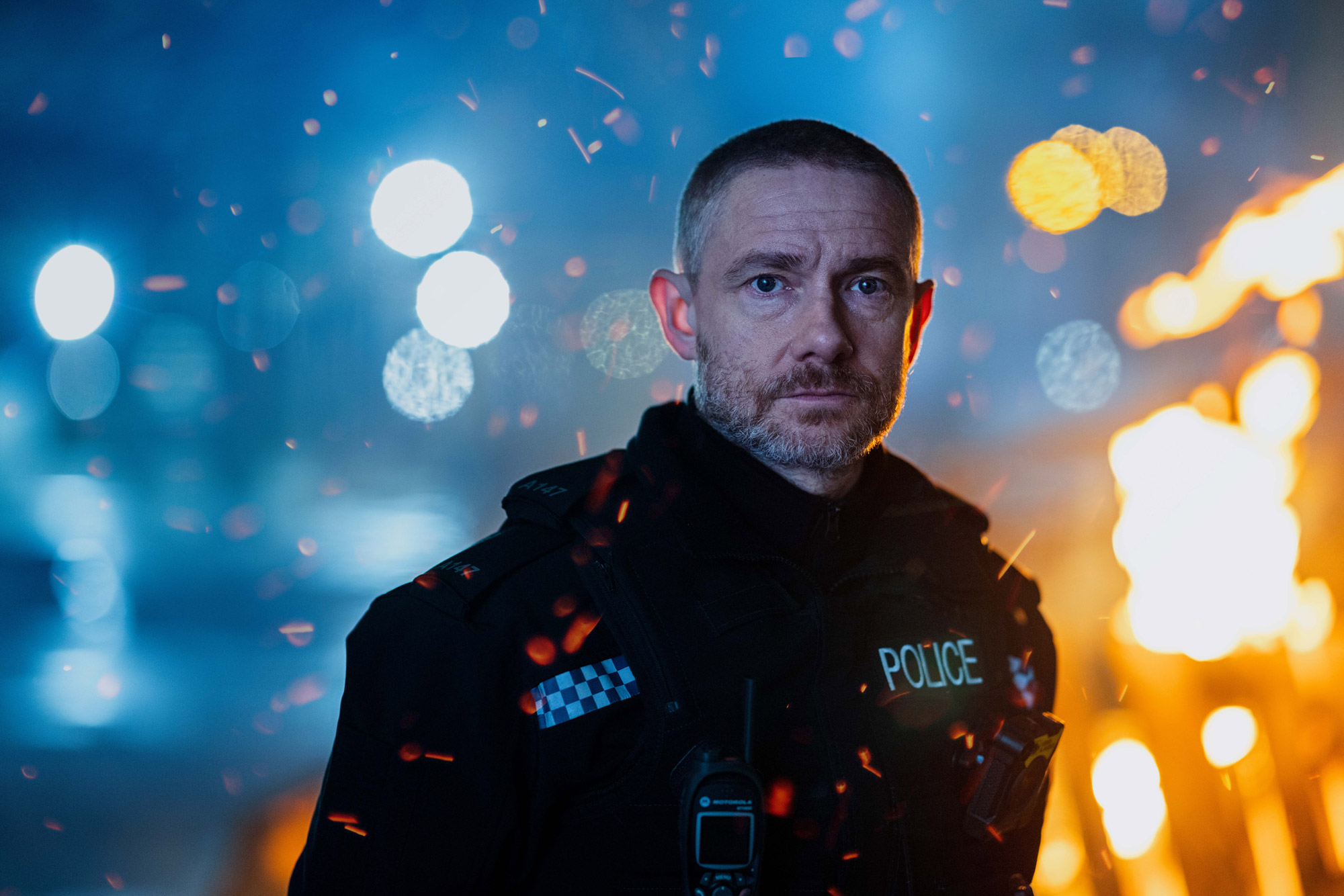
MPB Meets: Unit Stills Photographer Rekha Garton
Published 14 March 2022 by MPB
With more than 16 years of experience working as a professional photographer, Rekha Garton recently made the transition from shooting book covers to unit still photography. In 2022, millions of people saw her Martin Freeman portrait in promotional material for the critically-acclaimed BBC series The Responder. Alongside her work in TV and film, her personal projects include underwater portraits and her first short film, The Herring Girls. Let’s find out more about Rekha’s background, kit choices and advice.
MPB: Could you tell us more about yourself and your creative background?
RG: I've been doing photography since A-Levels [senior year]. I hated it at first. Generally, I wasn't academically blessed. The school was really tough, but I got into uni—which, on reflection, might have been a waste but gave me breathing space. I didn't get taught much, it felt more like a safety net. I did stock photos, portraits, weddings, everything. Nothing felt right, and to be honest the whole photography business felt over-saturated.
I went into stock photography before it became micro-stock nonsense. I sold my first book cover through the stock company, and I started exploring that speciality as I got such a kick out of seeing my work on an actual physical thing. I ended up chatting to a book cover designer, at Penguin, who said they bought pretty much exclusively from the book cover libraries. I hauled my photography out of the standard stock and placed it in the book cover libraries and never looked back. I still sell book covers regularly but haven't submitted any work in about two years since I moved into film and TV stills photography.
So, now I'm in what I didn't even know was a possible dream job. Pays well, and hours are brutal but you're part of a creative team. Being part of something so big and significant, and teamwork is such a relief in the photography world. I'd previously found photography to be a very insular, isolating place. Always in competition, hiding, no support. It has been like coming up for air. When you work in film, you're all working towards the same goal and you're supported constantly.
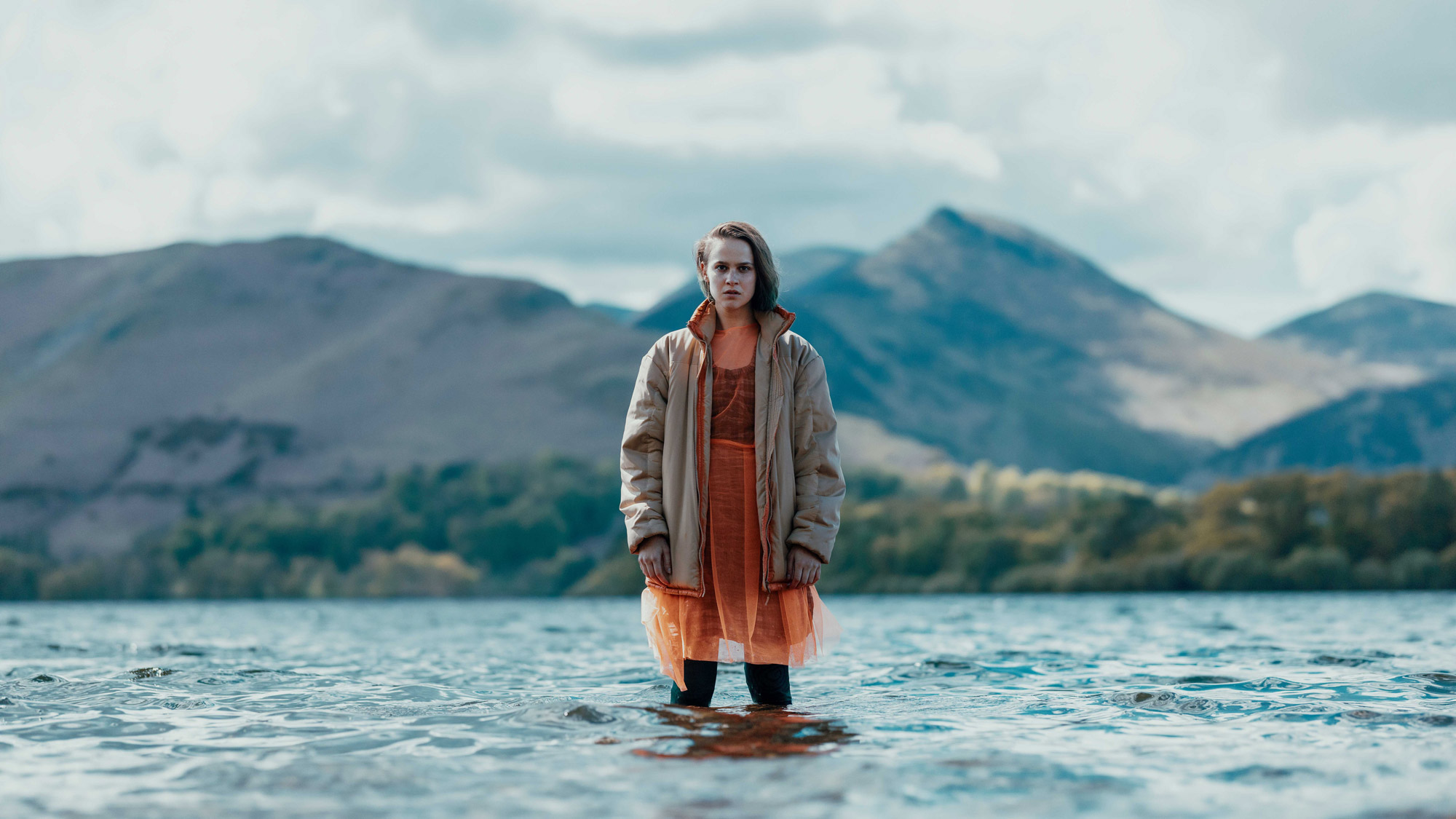
MPB: The Herring Girls is the first drama you’ve written and directed. Could you tell us more about the project and how our audience can help with its production?
RG: The Herring Girls is a direct product of being surrounded by such a supportive community. I'd met several famous directors, who encouraged me to direct when I got the chance—without me bringing it up in conversation. I often wonder if they just saw my hunger for it, watching them direct intently and just being curious. During that first lockdown, before the film industry opened back up, I wrote The Herring Girls. The script got played around privately between my mum and me for about a year. She's got a small amount of experience with writing and screenwriting. And, you know, your mother knows you. She knows my writing style, she understands where I'll make mistakes, and she intuitively knows the story I'm trying to create.
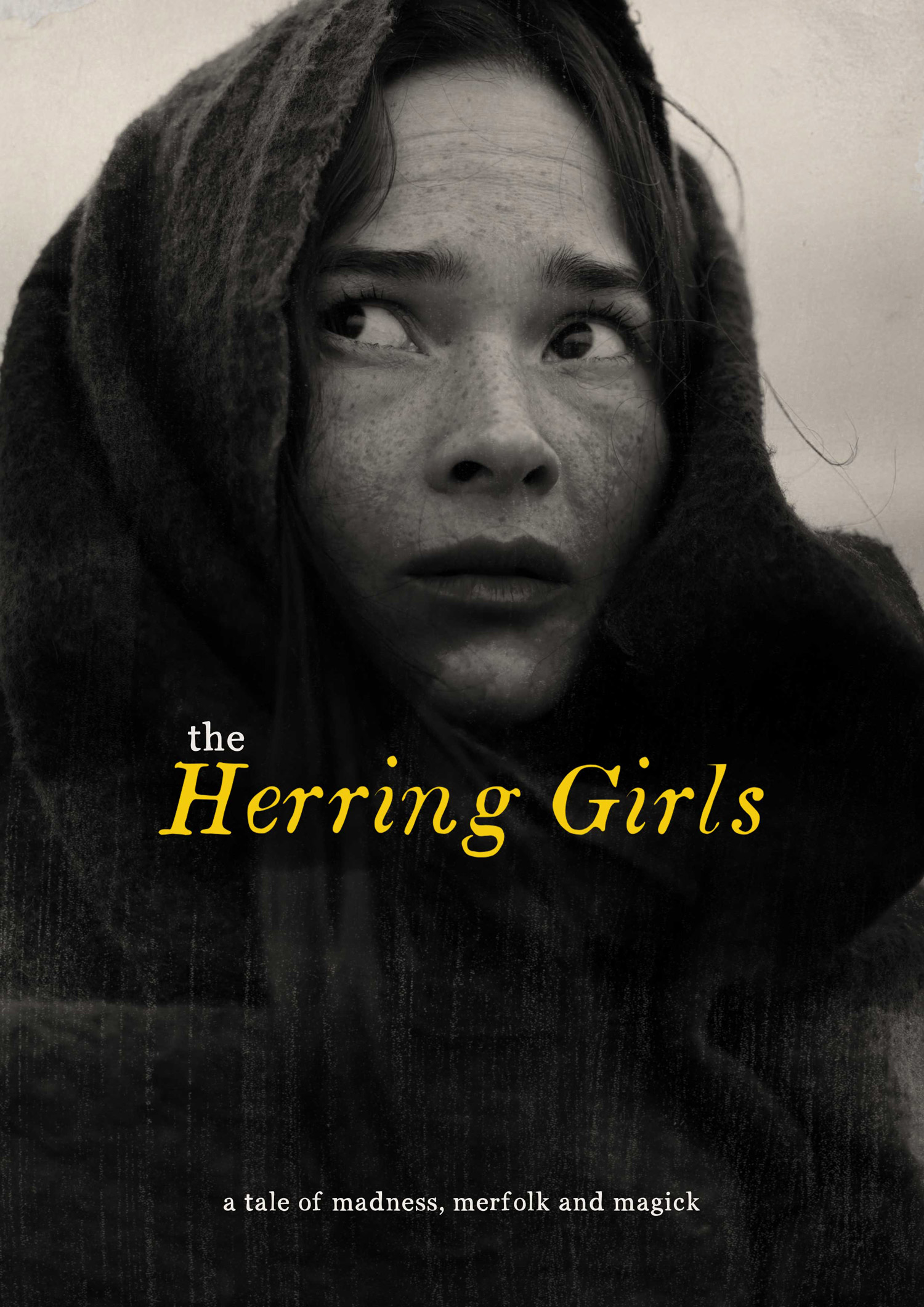
It's a story about women, the story that every woman knows—whether you relate it to the trauma of gaslighting, abandonment, isolation, paranoia or just feeling too powerful for this world. Having been written through lockdown, the story also reflects personal growth. Now, that's such a trendy term these days, that it almost gives way to it being an easy process. It's not, it's uncomfortable, painful and feels too hard to do some days. Remember as a kid and your bones ache something awful? Growing pains are achieved through pain. This story is certainly a personal growth for me, reaching my ‘bigger fish, small pond’ stage. And how, through every century, every person goes through a period of that—not just women.
I also have a morbid fascination with rebirth, death, witches, generational trauma, proven genetic trauma and wondering how the witch trials affected women throughout the generations since the witch hunts. The logline for The Herring Girls is “Annag is alone, lost, fighting for her sanity. Awake and dreaming, she is drawn to the shoreline, yearning for the deep coastal waters. By day she feels the eyes of The Herring Girls on her as she pulls and tears at the fish alongside them, trying to hide her slipping grasp of reality. Do they know something she doesn't? Annag is losing herself to powers bigger than anyone would know.”
I'd love for anyone interested in supporting our short film to donate to The Herring Girls Indiegogo [crowdfunding]. There are a ton of cool perks and even an Aquatech underwater housing for a Canon R for inspired underwater photographers. My book cover course is on sale there too, with photoshoots, the lot.
MPB: What are your go-to pieces of kit for a shoot at the moment? What kit can’t you leave the house without?
RG: My Canon EOS R5 and the 85mm f/1.2 L. It's just absolutely jaw-droppingly beautiful. I also am going to throw two random ones in, my black rapid wrist strap. I cannot fathom how photographers hold cameras around their necks and shoulders all day! And my Vanguard four-wheel roller camera bag—it's literally saved my back from eleven-hour days on set. I just wheel it around like I'm off on holiday, it's fantastic.
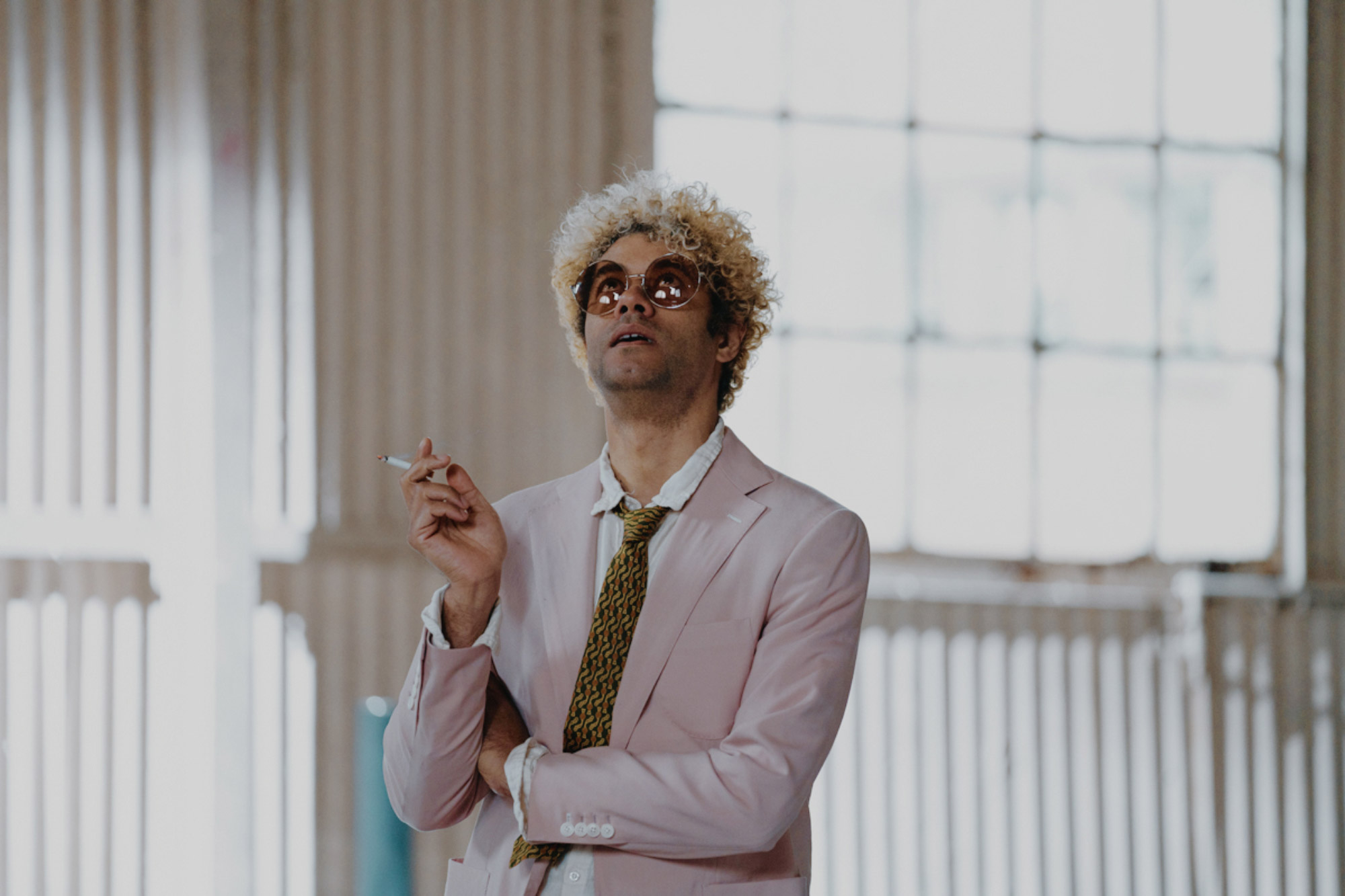
MPB: Your work on the recent BBC drama The Responder, with Martin Freeman and the supporting cast, is stunning. Could you tell us more about the shoot? What was Martin like to work with? What makes a good kit setup for shooting on set?
RG: The Responder—wow. I mean it was a nerve-wracking moment meeting Martin Freeman, I'd been a big fan since the days of The Office, but we became fast friends on and off set. We have a similar sense of humour, which always helps any friendship, but also there was a complete and utter exchange of respect. He asked for some boundaries of my work and I respected them, meaning he respected that I also had a job to do and never, ever, failed to give me the time to do it. It was the perfect working relationship in, what some consider to be a high-stress, emotionally-challenging job. We've worked together since, and I think our paths will forever cross over now because of our time on The Responder.
The iconic shot of Martin was taken on our first night working together, a freezing cold night shoot in Liverpool. I used my Canon EOS R5 (read our Canon EOS R5 review) and I borrowed the 85mm f/1.2 as I knew it was going to be a dark dark shoot. That night after taking that image, I knew I had to buy the 85mm. In fact, I'm pretty sure I ordered it that night. I had a very small gap to shoot a 'pull aside' portrait of him, I asked him if he would mind. He instantly asked where and what pose I wanted and did it without hesitation. When I saw a small gap to shoot, I took all six images before he was needed back. It's something that doesn't get spoken about a lot. But, honestly, you often have seconds to shoot a portrait, not minutes, not hours, literal seconds.
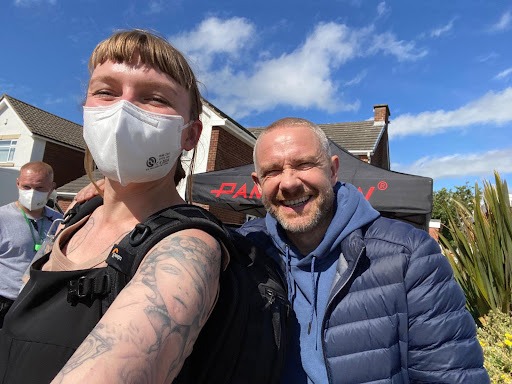
As far as the kit on set, you have to shoot silently. So I went to mirrorless. For a while, I did have Sony, which is what most units still photographers use. But I'm really picky about colour science and Sony wasn't cutting it for me at all—along with their menu system—so I went back to Canon after three months. However, some use normal DSLRs. I tried one out before and, to be honest, my hands are too small to use it effectively. And man, they are heavy!
The only drawback of mirrorless is when your director of photography is using LED lamps, they sometimes flicker badly so you get these black stripes across your photo, which you cannot edit out. There's no magical programme to remove them. But, if you play about with your shutter speed, you can usually negate it. On one job, I was showing our gaffer the problem I was having, and he switched the hertz rate for me, which is what caused that issue, and it resolved it instantly.
MPB: When you shoot for a major show like that on the BBC, those images will be everywhere, especially in the UK, how does it feel to see your work used so much?
RG: Seeing my work used everywhere is still really surreal. I'm still considered new to the game by some standards. I've had a poster shot for The Souvenir Part II, which was my first-ever unit stills job. That was a moment, my partner got it printed for me and it's on our living room wall. It seems silly when there are thousands of books out there with my work, but it was a huge turning point in my career and felt significant. It's like when I saw my first book cover. Also, recently, I was in an Airbnb and put on BBC iPlayer and my image of Martin was staring back at me. I had to take a moment and be okay with being proud for a second—before condemning the TV quality and compression. I still get giddy, let's put it that way.

MPB: What are your top tips for taking stunning portraits like yours?
RG: When I used to read blogs about taking 'perfect' portraits, everyone would ramble on about lighting setups, knowing your camera and such. In my experience so far, it's about your relationship with that person. If that person is okay with taking direction from you, being vulnerable with you—you're asking a big thing from them, whether they are used to it or not. It really is about mutual respect. I worry that people look at me in the same way they see paparazzi. I'm not there to catch people out, I'm there to try and get a single photo that will inform the audience about this character. It's storytelling in a different form. Don't get me wrong, some people despise having their photo taken, you can't change that. So just trying to make it as painless as possible and still giving an image they are okay with, that's a win in my book.
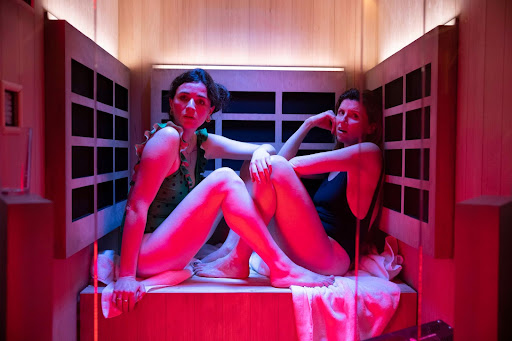
MPB: Before your career in unit stills, you had almost a thousand published book covers—what makes a good book cover photograph?
RG: More than a thousand published book covers now! Really pleased the passive income is still coming in every month. Book covers are a funny thing, there's no secret sauce. Unless you're doing a crime novel—get a girl in a red coat and you're 90% of the way there! But fine art, portrait, fashion, and dark photography all flourish in the book cover world. I actually have a course I designed to help photographers get into the mindset of shooting for book covers, the things to look for, the themes that are common and how to avoid overthinking it. For me, the big three are giving the graphic designer enough room to design something, leaving copy space and shooting vertically.
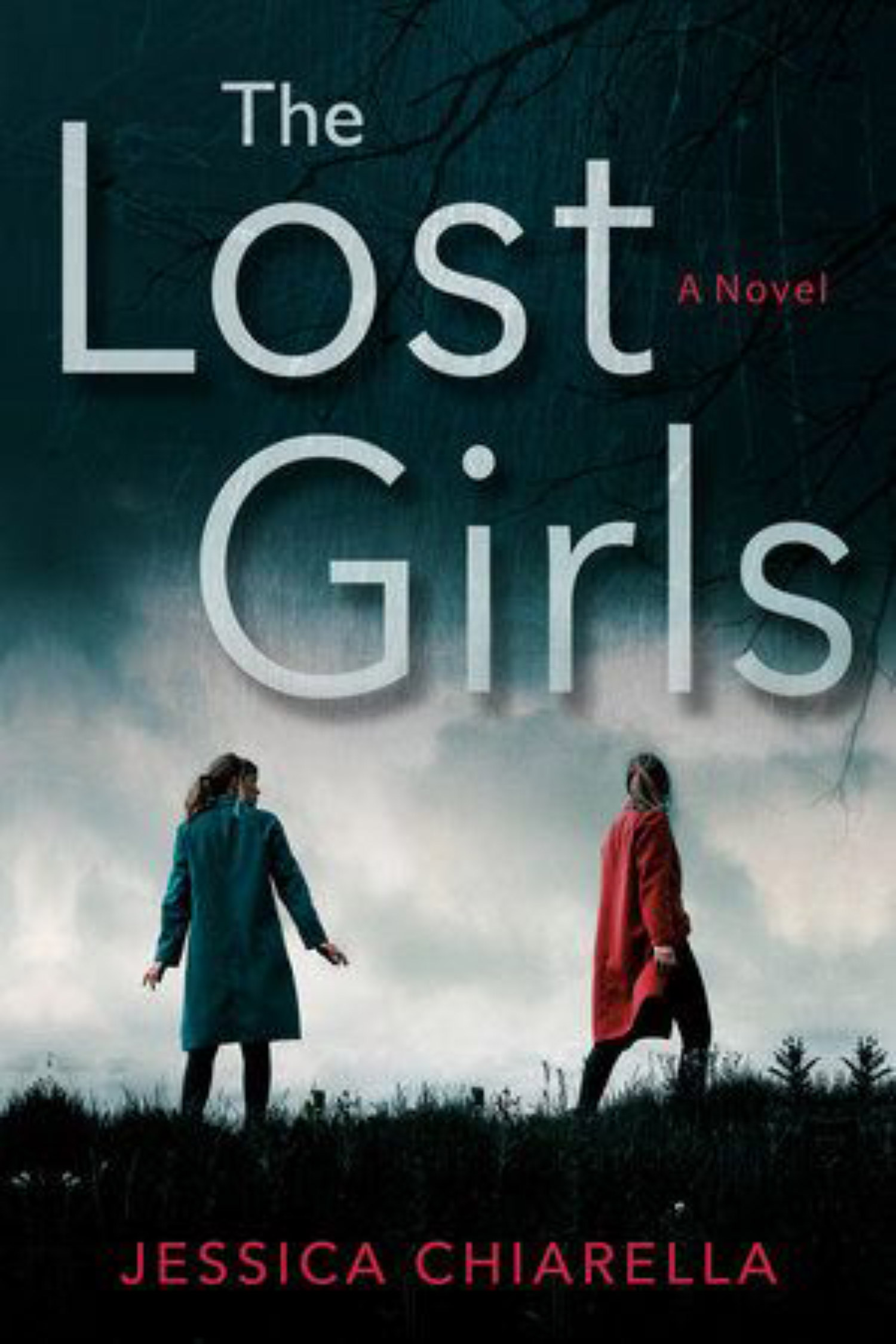
MPB: A lot of your portfolio features underwater work. How did you come to focus on this area? How does your kit setup differ for these shoots?
RG: My underwater work is an ongoing personal project, which has only just slipped into my career world. Recently, I shot on the Pinewood underwater stage for an upcoming show. I've always had a fascination with underwater work, I love being in the water and just the vulnerability it shows is something I'm deeply attracted to photography. In fact, a lot of underwater work you'll notice is witchy and female-driven—and no wonder I've written The Herring Girls as it is! I went from shooting in a glorified plastic bag to now having several hard cases. They’re worth every penny, let me tell you, and don't risk the plastic bags.
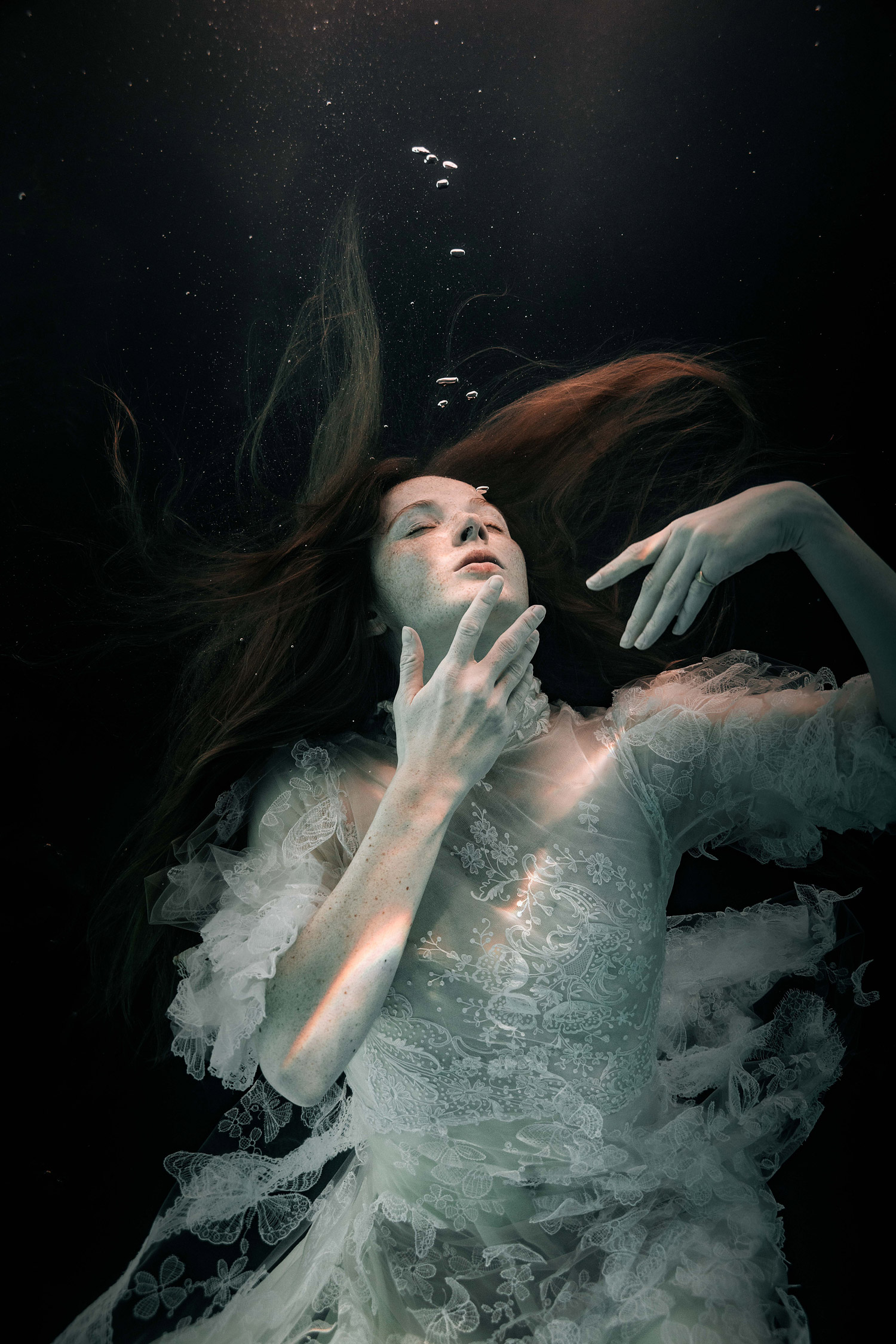
The kit does change. You need a good underwater case, but also you have to shoot wider. Generally, I stick to a 35mm. The further away you are from your subject, the foggier it becomes. So, staying close is essential to a clean image. Also having those anti-fog inserts are brilliant at preventing fog up in a heated pool, for example. What surprises most people is that I put my ISO on auto and set my shutter speed and f-stop accordingly. Light changes so dramatically underwater, without you realising, so it helps to give you some breathing space—pun fully intended!
Editing is the hard part. Sometimes I have to leave images for a while before tackling them. I've done a lot on my blog about shooting underwater, from editing tips to a step-by-step on getting models used to sinking underwater without scrunching their faces. It's something I've always been open to sharing.
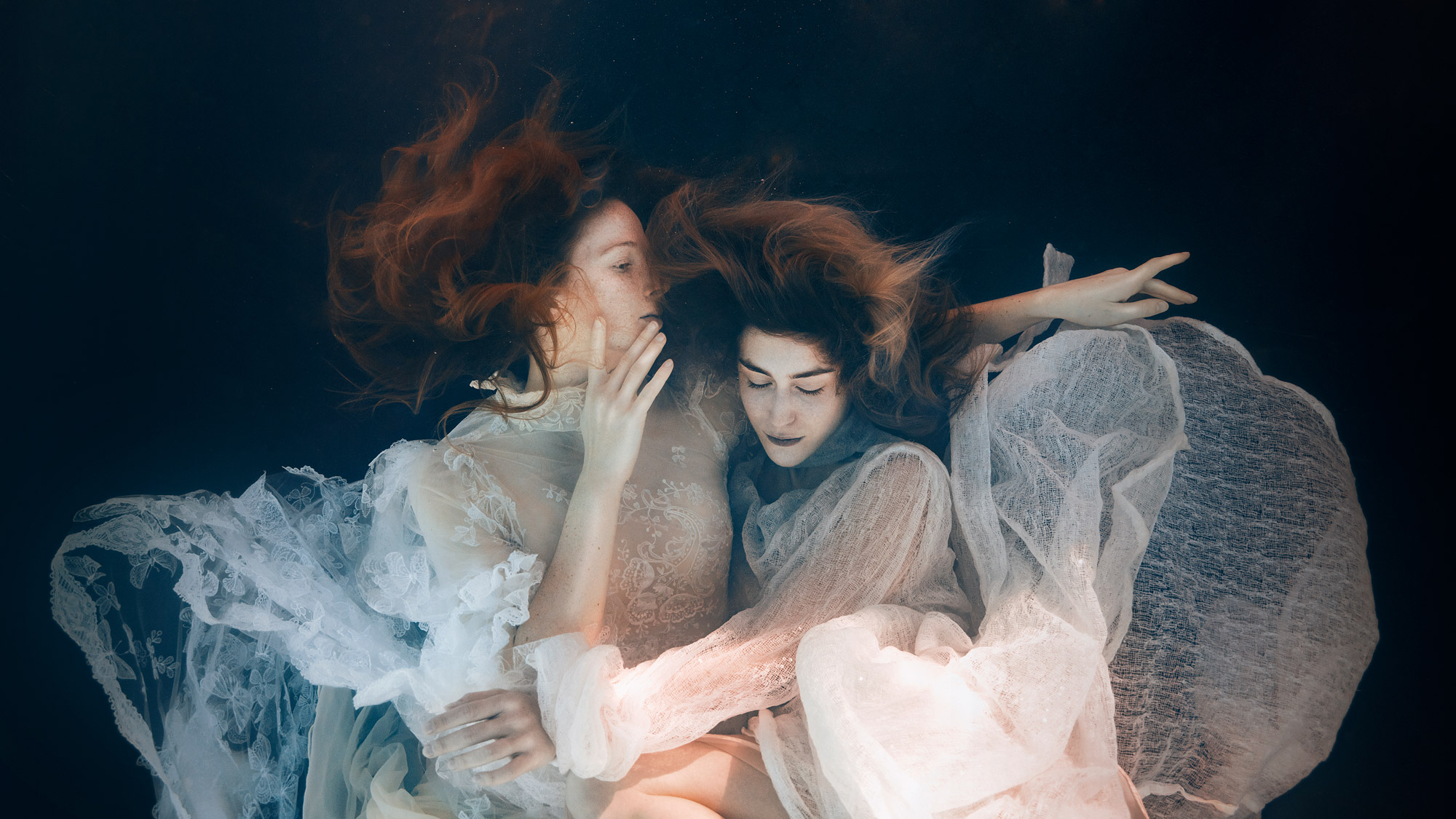
MPB: Splitting your portrait work into different genres such as fantasy or historical is fascinating. Is there a specific genre you prefer working in? How does the type of shoot you are on affect your creative choices?
RG: Genre-wise, I cannot decide on whether I prefer historical or fantasy. And, let's face it, they often blur together in my work. Whenever it's just my partner and me, travelling across the UK together, we end up doing a lot of personal historical/timeless work. It's easy to do, and doesn't take a lot of effort or carrying bits about. It's more spontaneous. The fantasy is when I get lost in my editing brain, and I love it, but I've learnt I can't force it to come out either. It's happy to take a few months off when I'm not ready for it to leave, but alas, I cannot force it. Falling back into historical stuff helps. When I'm working on sets, it does inspire me. But I can't generally take personal photos of the genre of the set I'm working on—not from a legal standpoint, but from a personal one. I like keeping them as separate as possible so it doesn't feel like my 'hobby' is my 'job'. And yes, I still see them as separate!
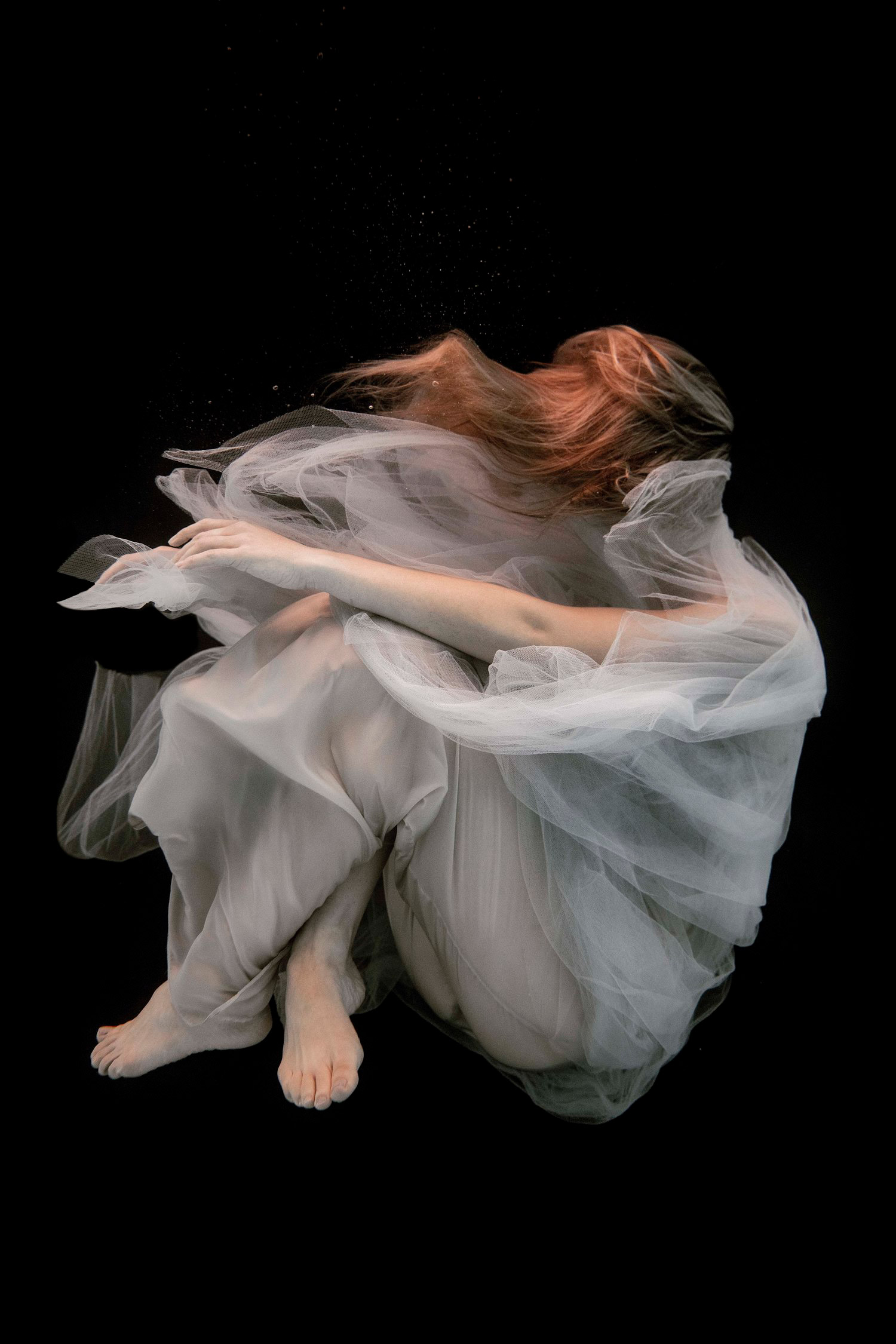
MPB: Do you have any other projects you are working on at the moment you would like to tell us about? What are your plans for the future?
RG: I'm currently working on a big Apple job, it's really exciting and possibly the biggest show I've ever worked on. I've met a really wonderful crew who I can call friends and it's definitely as if I'm part of the team. Alongside that, I am working on my short film The Herring Girls. It's increasingly difficult to think and give time to both projects—but we're so close! I love that I can leave work and dive into my own film full of director's knowledge, and support and just into something dark and raw, which is my style. Creating my own film is something I never thought I could do, let alone would do and I couldn't have taken this huge step without having been on film sets, to begin with. It's just so inspiring, full of knowledge and support. It's hard work, doesn't get me wrong, but it has been worth every single step to get here. For now, I'm more than happy being a unit stills photographer, I'm learning every day and meeting some incredible people with an endless fountain of knowledge that I'm hungry for. But I would love to direct in the future, I've not gone a traditional route but I never have. My short film will help me get one step closer to this dream.
For more tips and techniques, expert interviews and camera gear guides, check out the MPB content hub.
You can sell or trade your camera kit to MPB. Get a free instant quote, get free insured shipping to MPB and get paid within days.